-
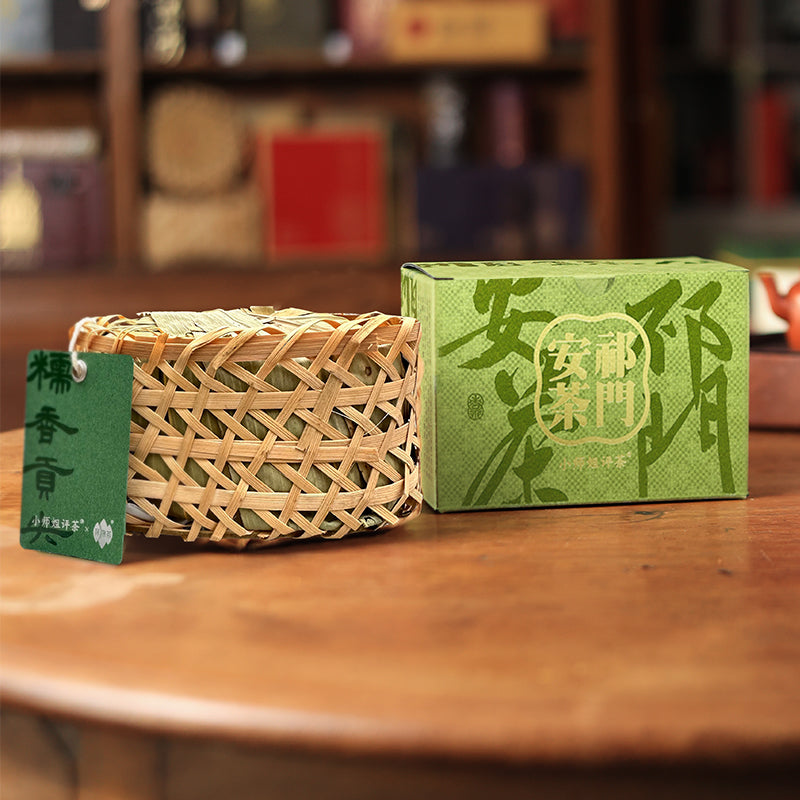
Glutinous Aroma Tribute Tip Qimen An Tea
$14.00 USDGlutinous Aroma Tribute Tip Qimen An Tea
$14.00 USD -
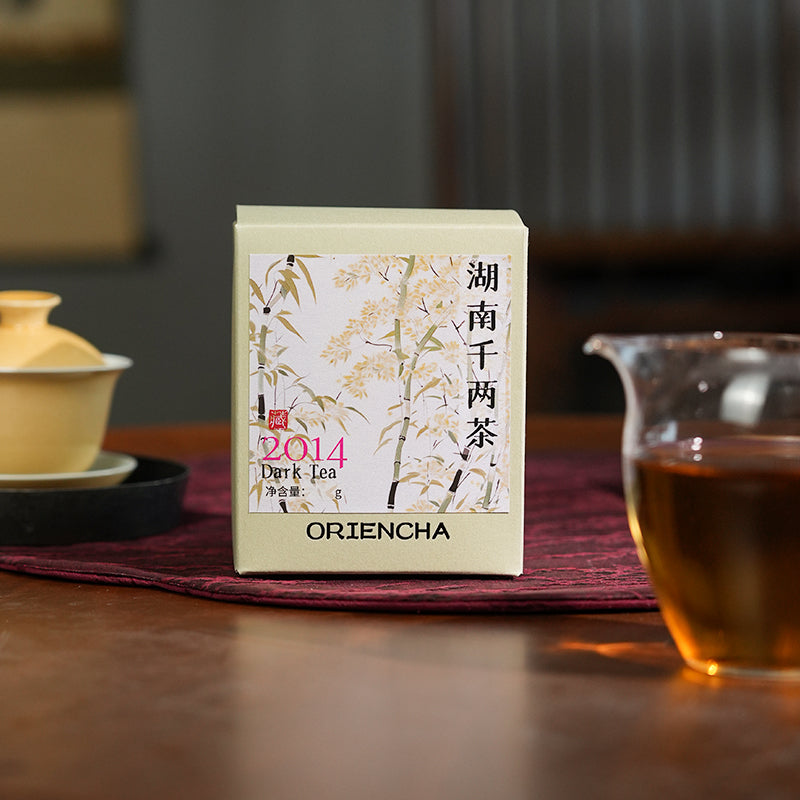
2014 Hunan Qian Liang Tea
$28.00 USD2014 Hunan Qian Liang Tea
$28.00 USD -
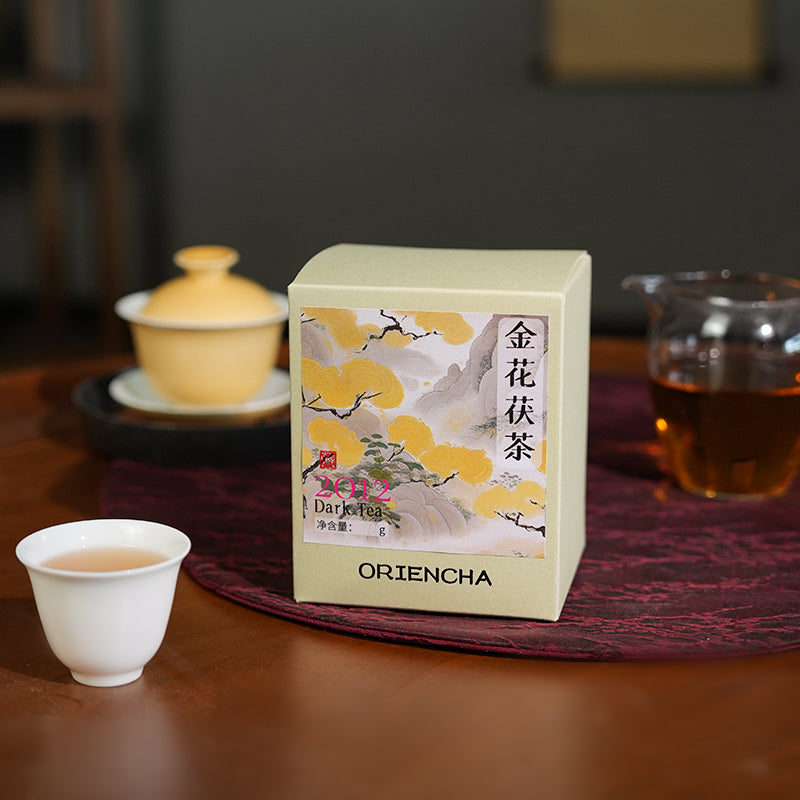 Sale
Sale2012 Golden Flower Fu Tea
$32.00 USD$29.00 USD2012 Golden Flower Fu Tea
$29.00 USD$32.00 USD -
 Sale
Sale2012 Zuiyin Tianlu Anhua Dark Tea
$32.00 USD$29.00 USD2012 Zuiyin Tianlu Anhua Dark Tea
$29.00 USD$32.00 USD -

The Beauty of Grand Wilderness | Anhua Dark Tea Sample Set
$29.00 USDThe Beauty of Grand Wilderness | Anhua Dark Tea Sample Set
$29.00 USD -
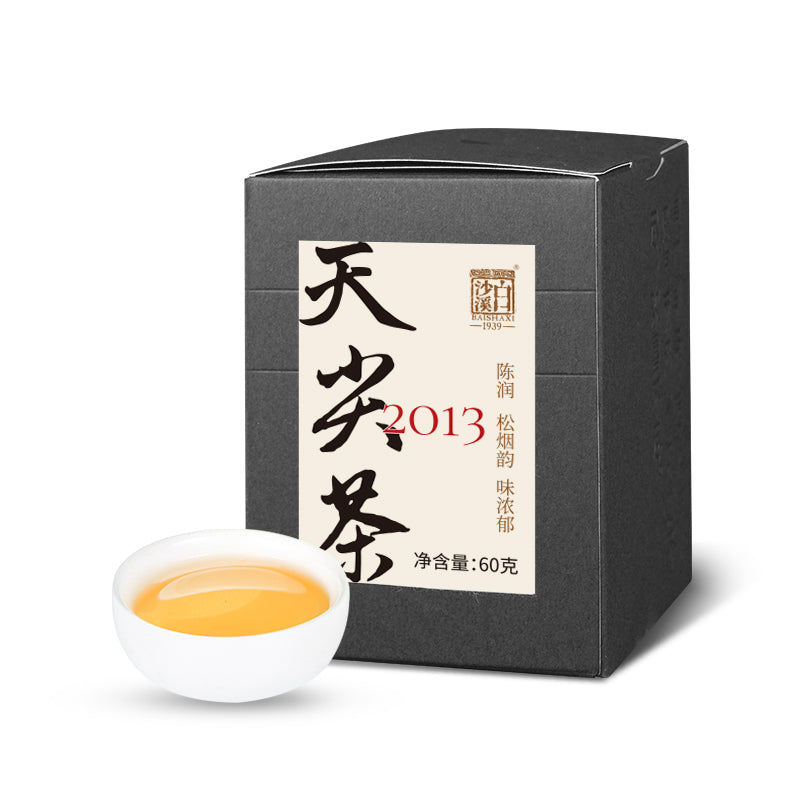
2013 Tianjian Anhua Dark Tea
$23.00 USD2013 Tianjian Anhua Dark Tea
$23.00 USD -
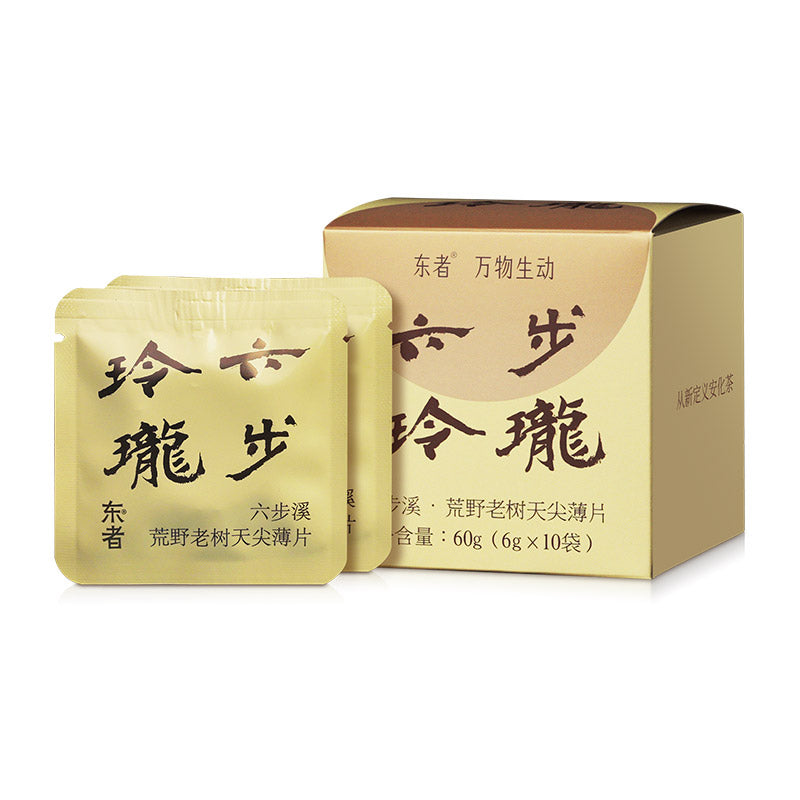
Liubu Linglong Anhua Dark Tea | Wild Old Tree Tianjian Tea Thin Disc
$29.00 USDLiubu Linglong Anhua Dark Tea | Wild Old Tree Tianjian Tea Thin Disc
$29.00 USD -

2016 Yu Qilin Anhua Dark Tea Cake
$129.00 USD2016 Yu Qilin Anhua Dark Tea Cake
$129.00 USD -

2019 Gaoma Cangjuan Centuries Old Tree Qianliang Tea Cake
$168.00 USD2019 Gaoma Cangjuan Centuries Old Tree Qianliang Tea Cake
$168.00 USD






















































